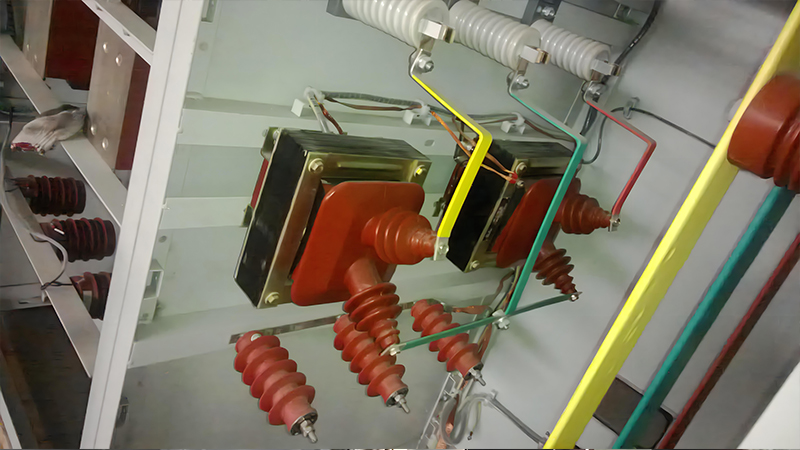Related Products
Description of current transformer parameters
1、 Current transformer model [3]:
First letter: L - Current Transformer
Second letter: A - Wall through style; Z-pillar type; M - busbar type; D - Single turn through type; V-inverted structure; J-Zero sequence
Used for grounding detection; W - Anti pollution; R-winding exposed type
Third letter: Z - epoxy resin casting type; C - Ceramic insulation; Q - Gas insulation medium; W - Dedicated to microcomputer protection
Fourth letter: B - with protection level; C - Differential protection; D-D level; Q-reinforced type; J-reinforced ZG
Fifth digit: Voltage level product serial number
2、 Main technical requirements
2.1 Rated capacity: The apparent power consumed when the rated secondary current passes through the secondary rated load. The rated capacity can be used for apparent power V A represents, and can also be represented by the secondary rated load impedance Ω.
2.2 Primary rated current: The electrical load current allowed to pass through the primary winding of the current transformer. The primary rated current of the current transformer used in the power system is 5-25000A, and the precision current transformer used in the testing equipment is 0.1-5000A. Current transformers can operate for a long time at a rated current. When the load current exceeds the rated current value, it is called overload. Long term overload operation of current transformers can burn out the windings or reduce their service life.
2.3 Secondary rated current: The primary induced current allowed to pass through the secondary winding of the current transformer.
2.4 Rated current ratio (transformation ratio): The ratio of primary rated current to secondary rated current.
2.5 Rated voltage: The maximum voltage that a primary winding can withstand to ground for a long time (effective value in kV) should not be lower than the rated phase voltage of the connected line. The rated voltage of current transformers is divided into several voltage levels, such as 0.5, 3, 6, 10, 35110, 220, 330, 500kV, etc.
2.6 10% multiple: The multiple of the primary current to its rated value when the current error of the current transformer is -10% under the specified secondary load and any power factor. A 10% multiple is a technical indicator related to relay protection.
2.7 Accuracy level: represents the level of error (ratio difference and angle difference) of the transformer itself. The accuracy level of current transformers is divided into multiple levels of 0.001 to 1, which greatly improves the accuracy compared to the original. The electrical instruments used on the distribution control panel of power plants, substations, and electricity consuming units generally adopt level 0.5 or 0.2; Relay protection for equipment and lines is generally not less than level 1; When used for electricity metering, the selection is based on the regulatory requirements, depending on the measured load capacity or electricity consumption (see the first lecture).
2.8 Ratio difference: The error of the transformer includes two parts: ratio difference and angle difference. Ratio error, abbreviated as ratio difference, is generally represented by the symbol f. It is equal to the difference between the actual secondary current and the primary current converted to the secondary side, and the ratio of the primary current converted to the secondary side, expressed as a percentage.
2.9 Angle difference: Phase angle error, abbreviated as angle difference, is generally represented by the symbol δ It represents the phase difference between the secondary current vector and the primary current vector after rotating 180 °. Specify that the secondary current vector leads the primary current vector δ It is a positive value, and vice versa is a negative value, calculated in minutes (').
2.10 Thermal stability and dynamic stability multiple: In the event of a power system failure, the current transformer is subjected to the thermal effect and electrodynamic force caused by the huge current caused by short-circuit current. The current transformer should have the ability to withstand without damage, and this ability to withstand is represented by thermal stability and dynamic stability multiple. The thermal stability factor refers to the ratio of the current that does not cause the heat generation of the current transformer to exceed the allowable limit within 1 second of the thermal stability current to the rated current of the current transformer. Dynamic stability factor is the ratio of the maximum instantaneous current that a current transformer can withstand to its rated current.








